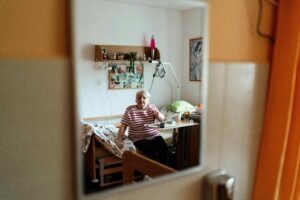Slip and fall accidents can happen anywhere, anytime and have the potential to inflict life-long consequences. If you have been a victim of a slip and fall, you may be eligible for compensation.
We have broken down the details of how the law protects people by assigning liability in a slip and fall accident, along with an exploration of various types of slip and fall accidents, with the aim to enhance your understanding of the circumstances you have found yourself in.
Who is Liable?
Under BC law, someone who owns, leases or is considered an ‘occupier’ of a property and is responsible for ensuring that you are reasonably safe on the premises. This is called their duty of care. In other words, they are responsible for keeping floors clean, dry and free of debris to lessen the chance of an accident.
However, businesses are not expected to be perfect. While held to a high standard, they cannot prevent every incident. Rather, they are merely expected to take reasonable steps to keep visitors safe while on their property. For example, they are not expected to clean up a spill immediately as they are not always present or have more important concerns, however, they are expected to place warning signs as soon as the spill is spotted and clean it up within a reasonable time.
If an occupier does not maintain their property, fix their property or warn visitors about a problem, then they are at risk for being at fault.
While we’ve recently seen a period of colder than average weather here in the Lower Mainland, resulting in ice and snow, there is potential for an increase in slip and fall accidents:
Wet and Slippery Floors
A prevalent cause, often arising from spills, rain, snow, ice or flooring material itself. Property owners are expected to address these conditions by using warning signs, non-slip mats and regular cleaning protocol.
Uneven Surfaces
While this may not lead to a ‘slip’ and fall per se, uneven surfaces can lead to trips and falls which are classified under the same category. Cracked pavement or flooring can pose a hazard and property owners should be regularly inspecting their property to identify and repair these issues.
This is especially relevant in the colder months as roads and sidewalks are at risk for:
- Frost Heave – when the moisture in the soil around your foundation freezes and expands. This pushes upwards against the foundation, resulting in potential cracks.
- Ground Shrinkage – When temperatures fall, the ground around your foundation can shrink, leaving gaps in the soil for water to seep into. Once the temperature warms up, the ground will swell and put pressure on the foundation, resulting in potential cracks.
- Winter Droughts – Over extended periods of freezing, the ground becomes dry and compact which can put excessive pressure on your foundation, resulting in potential cracks.
Poor Lighting
Inadequate lighting is a large contributor to slip and fall accidents. Properly lit areas, particularly those with potential hidden obstacles, are crucial for hazard visility. Areas that require proper lighting include stairwells and parking lots. Property owners must take daylight hours into consideration and adjust the timing of their lights to coincide.
Loose Carpet
Loose carpets pose multiple dangers such as tripping or loss of footing. Property owners should promptly address loose carpets to prevent unexpected accidents.
Icy or Snowy Conditions
Property owners may be responsible for maintaining safe walkways during winter. Regular snow and ice removal, paired with the use of salt are essential preventative measures. However, regulations and bylaws can vary by municipality so it is best to review the website of your local municipality to understand what the obligations for sidewalk snow clearance are for property owners.
If you have experienced a slip and fall and believe another party is at fault, contact the supportive team at Baker Newby.
At Baker Newby, we specialize in personal services such as slip and fall claims and our personal injury team is here to support you and help you understand your options.
Contact us today to set up a consultation.

